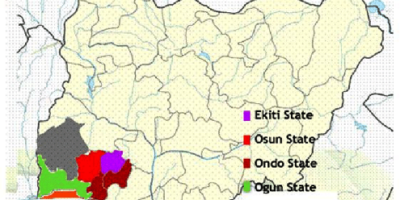South Africa enjoys an advantageous geographical location along one of the world’s most critical international trade routes, boasting seven strategically positioned ports. These ports facilitate seamless connectivity, linking the East (comprising East Africa, the Middle East, and the Far East) to the Durban and Richards Bay ports and the West (encompassing West Africa, North and South America, and Europe) to the Cape Town and Port Elizabeth/Ngqura ports.
|
With a vast coastline extending over 3,000 kilometres, South Africa affords cargo vessels and cruise liners the unique advantage of three-way access to its shores. Notably, approximately 30,000 vessels navigate the country’s coast each year, with an estimated 13,000 of them making calls at South African ports.
With its extensive coastline, robust logistics and port infrastructure, and status as the largest foreign direct investment (FDI) hub on the continent, South Africa is widely recognised as the gateway to Africa. Moreover, given South Africa’s pivotal role in the establishment of the African Continental Free Trade Area (AfCFTA), the nation is strategically positioned to leverage the advantages presented by AfCFTA as well as its membership in the BRICS group.
The AfCFTA, which was officially launched in January 2022, aims to remove import tariffs while progressively promoting regional integration, developing new regional value chains and stimulating industrial and infrastructure development across Africa. This groundbreaking trade agreement is poised to boost intra-African trade by 52.3%, fostering deeper continental integration, enhanced productivity, and a surge in job creation. Furthermore, projections indicate that by 2035, Africa’s total exports could reach a substantial US$ 952 billion. However, the true potential of the AfCFTA, once fully realised, promises a remarkable 29% increase in this figure, equating to an annual growth rate of 3% through 2035.
|
For South Africa, the successful implementation of the AfCFTA is poised to yield a wide array of benefits. These include diversification of exports, increased productive capacity, accelerated economic growth, heightened investment levels, expanded employment opportunities, and enhanced income prospects, all contributing to a more inclusive and robust economy. The AfCFTA also presents an opportunity to create a stable and conducive environment for investments, particularly in infrastructure development, while fostering synergies for cooperation, trade, and development with partners across the African continent.
Beyond the heightened trade opportunities created by the AfCFTA, South Africa is poised to enjoy supplementary advantages, encompassing an improved investment climate, enhanced tourism prospects, skills enrichment, technological advancements, augmented influence in pan-African matters, and amplified negotiating strength as a member of the BRICS group. Although South Africa entered the BRICS alliance in 2010 as one of the smallest members in terms of demographics, economics, and GDP, it represented a significant gateway to sub-Saharan Africa’s economy, accounting for one-third of the region’s economic activity. The country, therefore, constituted an entry point for the BRICS countries to tap into Africa’s one billion-strong consumer market.
|
As the membership grows, the BRICS countries are expected to become pivotal sources of foreign direct investment, with various companies investing in South Africa aiming to access the African market. As a result, some of the key sectors set to benefit include mining, automotive, transportation, clean energy, financial services, and information technology. As these countries leverage South Africa as their gateway into the African market, we anticipate increased infrastructure development in South Africa’s trade ports to facilitate the seamless flow of goods throughout the continent.
Through the cooperation of these agreements and memberships, South Africa has the opportunity to transition away from its historic role as a commodity exporter towards higher productivity value addition. Together, South Africa’s membership in BRICS and the AfCFTA presents several benefits that include improved investment, trade, tourism, skills acquisition, and technological capabilities, increased trade flow, influence in pan-African affairs, increased bargaining power, infrastructure development, and greater economic integration.
|

























